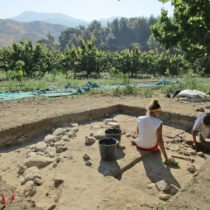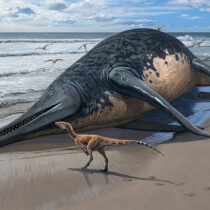Animals orient themselves in time and space by means of internal daly (circadian) and annual (circannual) clocks. Physiological rythms and the daily and seasonal activities of animals depend strongly on body size small animals live faster and de younger than large animals.However, these intrinsic rhythms need to be coupled to the daily and yearly rhythms of the external world. Thus, animals need a “clock” to regulate and coordinate these rythms. Circadian rythms correspond to the time taken for the earth to rotate about the sun (solar day); lunar rhythms correspond to the time for the rotation of the moon around the earth (lunar month) and circannual rythms correspond to the time taken for the earth to travel around the sun (solar year). Normal levels of many physiological traits, such as metabolism and body temperature, vary on a daily basis, whereas major activities such as migration are regulated on a circannual basis. Several genes controlling biological clocks will lead to new insights in such diverse time-dependet phenomena as aging, jet lag, and drug therapy, all of which have important implications for human health.
Animal Timekeeping: HOW Animals Calculate Time and Space
23 Aug 2012
by Archaeology Newsroom
- A
- A
- A

